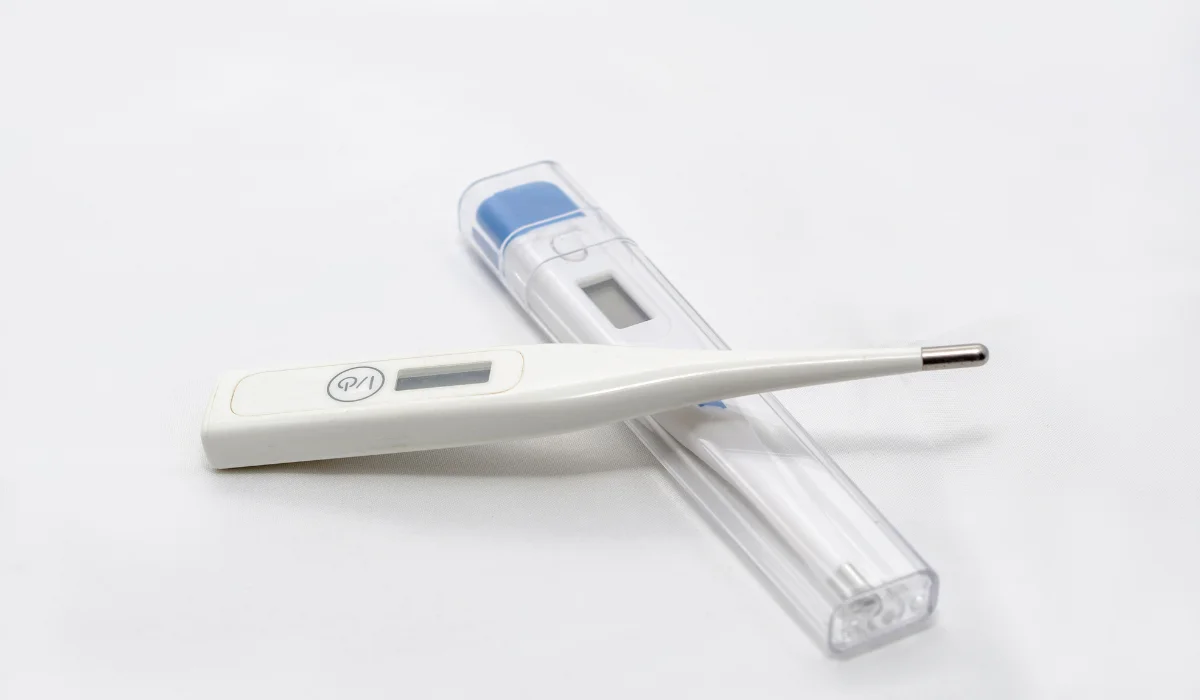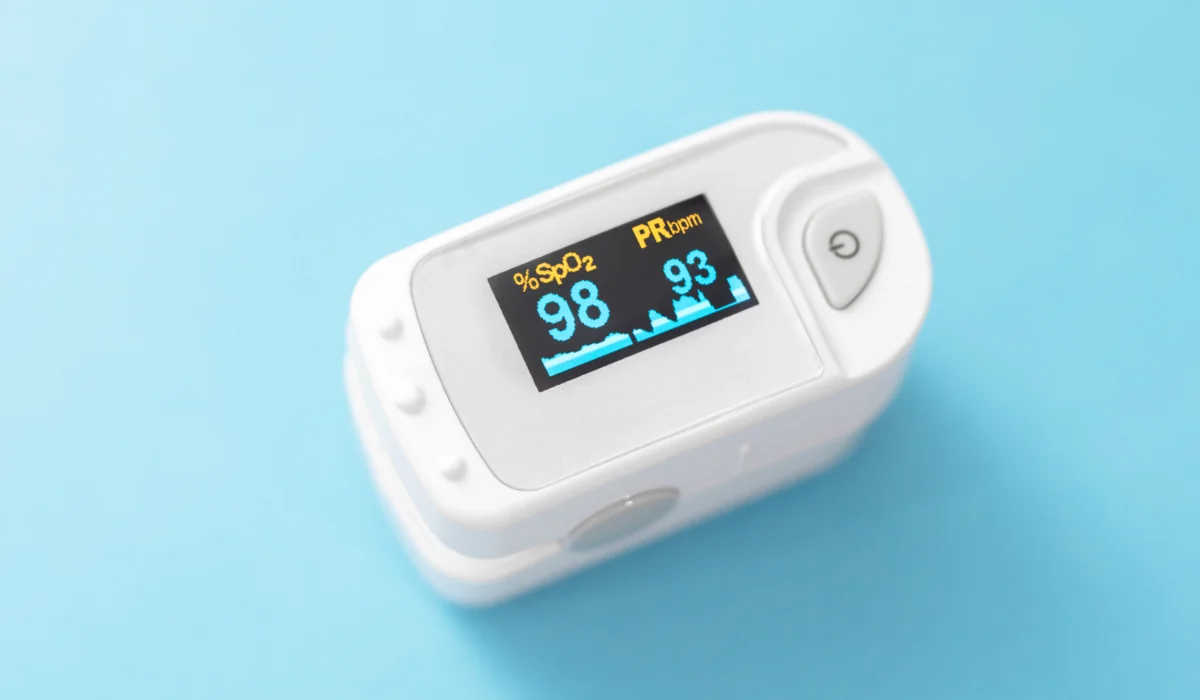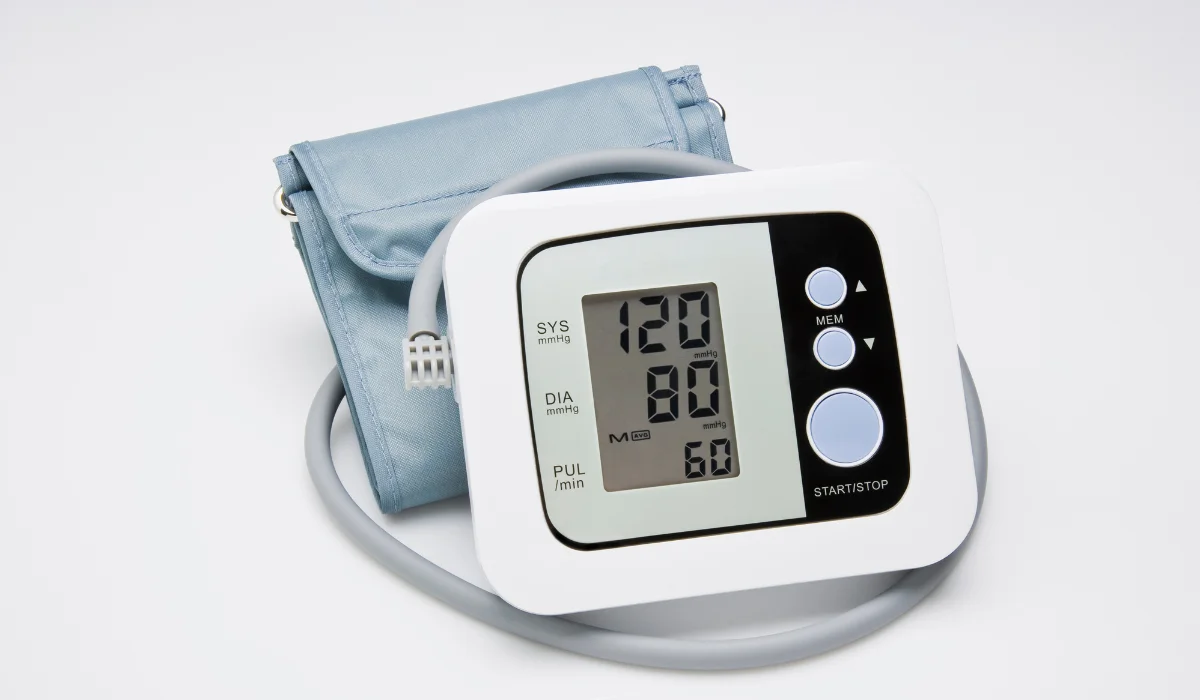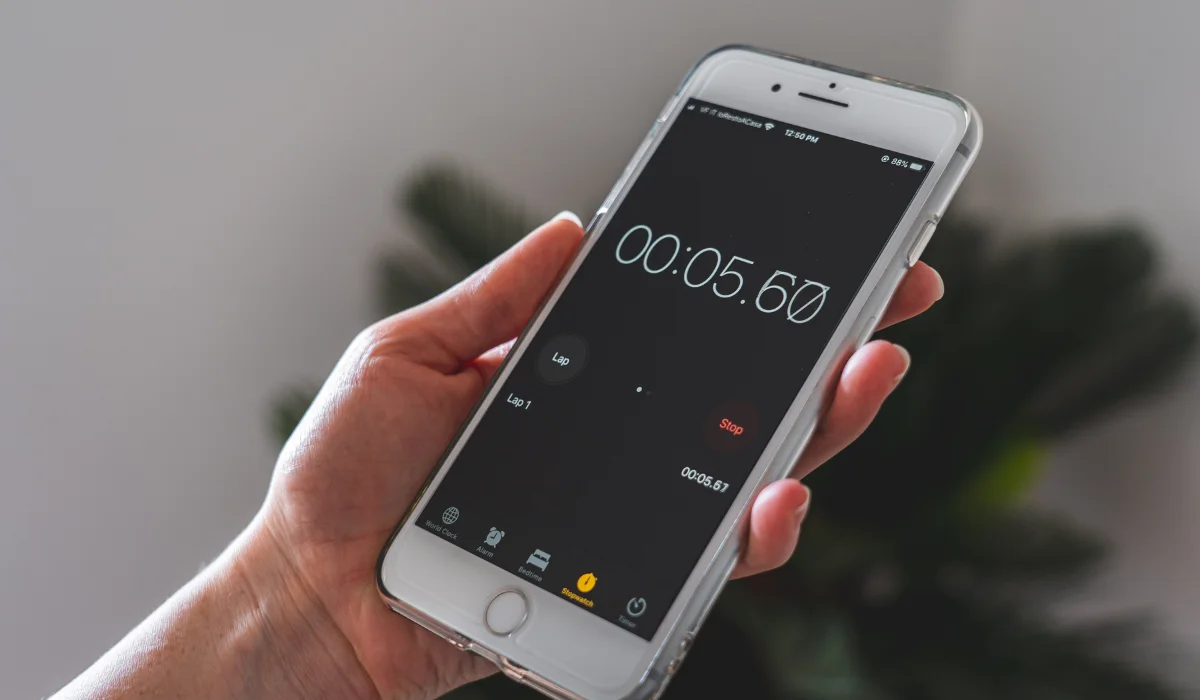Checking your child’s vital signs can help you catch problems early. Luckily, it can be a simple process. And with the right tools, you can do it at home in just a few minutes. Whether they’re sick, recovering, or just want to stay on top of their health, tracking vital signs gives you a clearer picture of how they’re doing.
In this guide, we’ll cover what to check, what tools you need, and when to call a doctor. Let’s get started.
Key Takeaways
- Checking temperature, heart rate, breathing, blood pressure, and oxygen levels can catch health issues early.
- A thermometer, pulse oximeter, blood pressure monitor, and timer simplify tracking vital signs.
- Taking measurements the right way helps get accurate readings and spot changes.
- High fever, irregular heart rate, trouble breathing, or oxygen below 90% may need a doctor’s help.
What Are Vital Signs?
Vital signs are basic health measurements showing how well the body works. Typically, pediatric vital signs vary by age, with different ranges for newborn babies (neonates), preschoolers, school-age children, and adolescents. Tracking these regularly helps monitor wellness and spot potential health concerns early.
Although different from checking a senior’s vitals, the process still follows the same principles of measuring key health indicators. There are five key vital signs to monitor:
1. Body Temperature
A child’s body temperature can tell you if they have a fever, which is often a sign of infection. It’s measured in degrees Fahrenheit (°F) or degrees Celsius (°C). A normal temperature usually falls between 97°F and 100.4°F (36.1°C to 38°C).
Anything above that is considered a fever. If the temperature gets too high, especially in infants, it’s essential to reach out to a doctor.
2. Heart Rate (Pulse)
Heart rate is how fast the heart is beating. It’s measured in beats per minute (bpm) and can change based on activity, stress, or illness. Younger children naturally have faster heart rates. For example, a newborn’s heart might beat between 100 and 180 times per minute, while a teenager’s normal range is closer to 60 to 100 bpm.
If a child’s pulse is too fast or too slow for their age, it could be a sign of an underlying issue.
3. Breathing Rate (Respiratory Rate)
Breathing rate counts how many breaths a child takes per minute. A normal range depends on age but generally slows down as kids grow. For example, newborns breathe 30 to 60 times per minute, while older children and teens breathe at a steadier 12 to 20 breaths per minute.
Fast or labored breathing could mean the body is working harder to get oxygen, which may signal a respiratory issue.
4. Blood Pressure
Blood pressure measures how much force the heart uses to push blood through the body. It’s recorded as two numbers:
- Systolic (top number): Pressure when the heart pumps
- Diastolic (bottom number): Pressure when the heart relaxes
Most kids have blood pressure in the range of 90–120 mm Hg (systolic) over 50–80 mm Hg (diastolic). If blood pressure is too low, they might feel dizzy or weak. If it’s too high, it could strain the heart over time.
5. Oxygen Levels
Oxygen saturation shows how much oxygen is in the blood. It’s measured with a small device called a pulse oximeter that clips onto a finger. A healthy oxygen level is usually 95% to 100%. Anything below 90% may need medical attention, especially if the child is having trouble breathing.
Tools You’ll Need
Now that you know which vital signs to check, let’s go over the tools that make it easy to measure them at home. Having the right equipment ensures you get accurate readings and can confidently track your child’s health. Start with the following:
- Digital thermometer: The best way to check body temperature. A rectal thermometer is most accurate for infants, while older kids can use an oral, ear, or forehead thermometer. Avoid mercury thermometers since they can break.
- Pulse oximeter: Clips onto a finger to measure oxygen levels and heart rate in seconds. A child-sized model gives better accuracy.
- Blood pressure monitor: A digital monitor with a child-sized cuff measures systolic and diastolic pressure. The correct cuff size is key for accuracy.
- Stopwatch or timer: Used to measure breathing rate and heart rate. A smartphone, wristwatch, or kitchen timer works well. Count breaths for 60 seconds or heartbeats for 30 seconds and double the number for beats per minute (bpm).
Also, always choose child-friendly devices when possible. The right size and design make readings easier, more accurate, and less stressful. This is especially helpful for children with ongoing health concerns.
Step-by-Step Guide to Monitoring Vital Signs
Now that you have the right tools, here’s how to check each vital sign properly. Following the proper steps ensures accurate readings and helps you spot any concerning changes in your child’s health.
1. Checking Temperature
Start by choosing the right thermometer for your child’s age. For infants under 3 months, a rectal thermometer gives the most accurate reading. Apply a small amount of petroleum jelly for comfort, insert the tip gently, and wait for the beep. For children 3 months and older, an oral, ear, or forehead thermometer works well.
Follow the device instructions, wait for the reading, and check the temperature. A normal range is 97°F to 100.4°F (36.1°C to 38°C). Anything higher may indicate a fever.
2. Checking Heart Rate (Pulse)
Make sure your child is calm before checking their heart rate. Place two fingers (not your thumb) on either the inside of the wrist or side of the neck just below the jaw. Once you feel the pulse, count the beats for 30 seconds and double the number to get beats per minute (bpm).
Compare the result with normal heart rate ranges for their age group to ensure it’s within a healthy range.
3. Checking Breathing Rate
Have your child sit or lie down in a relaxed position to check breathing rate. Watch their chest rise and fall naturally. Count the number of breaths they take in 60 seconds. Younger children breathe faster than older ones, so compare their rate with normal ranges.
If breathing seems unusually fast, slow, or strained, it may signal a respiratory issue.
4. Checking Blood Pressure
A digital blood pressure monitor with a child-sized cuff is needed for an accurate blood pressure reading. Have your child sit still with their arm resting on a flat surface. Wrap the cuff snugly around the upper arm, start the machine, and wait for the reading.
Most children’s normal blood pressure range is around 90–120 mm Hg (systolic) over 50–80 mm Hg (diastolic). If the reading is too high (hypertension) or too low (hypotension), check again and contact a healthcare provider if needed.
5. Checking Oxygen Saturation
To check oxygen levels, use a pulse oximeter. Clip it onto your child’s finger, keep their hand still, and wait for the reading. A healthy oxygen level is 95% to 100%. If it drops below 90%, especially if your child is struggling to breathe, seek medical care immediately.
When to Be Concerned
Most changes in vital signs are small and nothing to worry about, but some are worth paying attention to. A single unusual reading isn’t always a problem, but if a number is far outside the normal range or stays abnormal over time, it could signal something more serious.
Watch for signs like:
- Fever: Above 102°F (38.9°C) and not improving with rest or medication.
- Heart rate: Too fast or too slow for their age.
- Breathing: Unusually rapid, slow, or labored.
- Oxygen levels: Below 90% on a pulse oximeter.
- Blood pressure: Too high or too low, especially with weakness or dizziness.
If your child’s vital signs seem off but they are alert and acting normal, monitor them and check again later. Call a doctor if a fever won’t go down, their breathing or heart rate stays out of range, or they seem dehydrated, confused, or unusually fatigued.
Some situations need immediate emergency care. If your child is struggling to breathe, turning blue around the lips, losing consciousness, or having a seizure, seek medical help right away. Oxygen levels that stay below 90% or severe chest pain also require urgent attention.
If something feels wrong, don’t wait. Trust your instincts and contact a healthcare provider.
How Can a Pediatric Home Health Care Provider Help?
Monitoring vital signs at home is helpful, but it’s not always easy to know what the numbers mean or when to worry. A pediatric home health care provider can offer guidance, track your child’s condition, and provide extra care when needed.
These professionals monitor vital signs regularly, interpret the results, and catch potential health concerns early. They also provide personalized care, helping manage chronic conditions or recovery after an illness while reducing unnecessary doctor visits.
In general, home care services can bring peace of mind, especially if your child has ongoing health needs. If you’re unsure whether home care is the right fit, your healthcare provider can help you explore your options.



